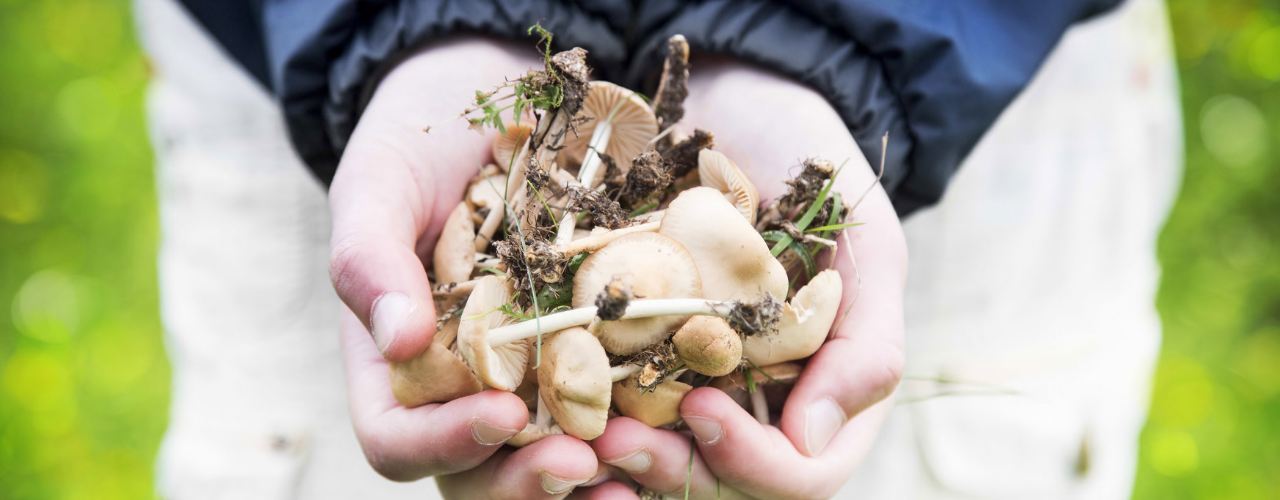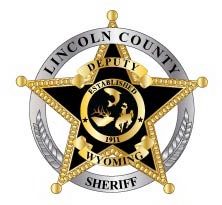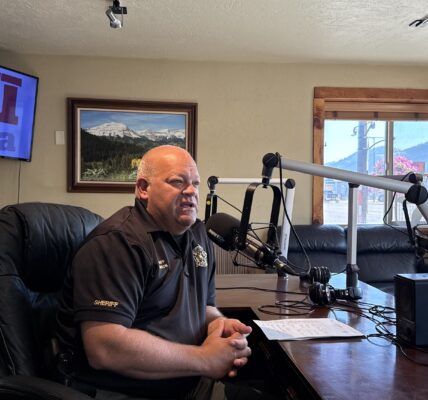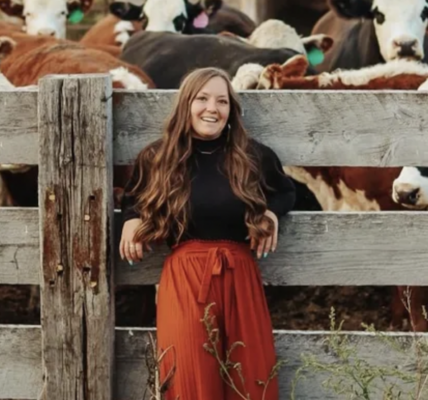Citation: ©[marrakeshh]/Adobestock
Man has had a strong bond with nature for thousands of years, and it is important that we continue to strengthen our ties with mother nature via our hobbies. For the more patient individual, foraging for mushrooms can be a simple way to delight in the offerings of the earth. Anyone can do it, but there are a couple of steps to follow if you want to be successful. As such, we have created a beginner’s guide full of advice for those wanting to learn how to begin foraging.
What to Pick
Before you begin, it’s important to note that there are a handful of mushrooms that are dangerous to our health. Although non-edible mushrooms are far and few between, it is still important to be aware of what you are picking. This brief overview mentions some varieties to avoid, but to get more in-depth information, we recommend purchasing a field guide or downloading an app onto your phone.
Best Times to Forage
Although there is no set rule on when you should seek out mushrooms, being weather-savvy will greatly impact your results. Rain promotes mushroom growth, so your ideal harvesting time would be a day or two after rainfall. That way you can get to the mushrooms before the wildlife does. However, too much rain can make mushrooms less appetizing, so tracking weather patterns is going to go a long way in ensuring you obtain the best crops.
Harvesting and Mushroom Care
There is much debate over whether it is better to cut your mushrooms with a knife or to harvest the mushroom whole, carefully extracting the roots from the ground. It may depend on the type of mushroom you are selecting. But ultimately, no matter which method you choose, it will not greatly impact your mushroom one way or another—you are free to base your decision on personal preference.
After picking your mushrooms you should store them in a brown paper bag, as they spoil faster if exposed to too much moisture. It will be best to eat your mushrooms within a couple of days of harvesting them.
While foraging can be a fulfilling, as well as spiritual, activity, remember to follow the proper ethics that accompany your hobby. Many national parks do not allow mushroom harvesting, and some parks would prefer you not stray too far from their established paths. Additionally, be sure to not collect more mushrooms than you will eat; one should never take more from nature than they need.
You can rest assured that if you decide to take up this hobby, you are sure to find it a rewarding experience. Follow the correct protocol and you’ll be well on your way to becoming an expert mushroom forager. Happy hunting!





